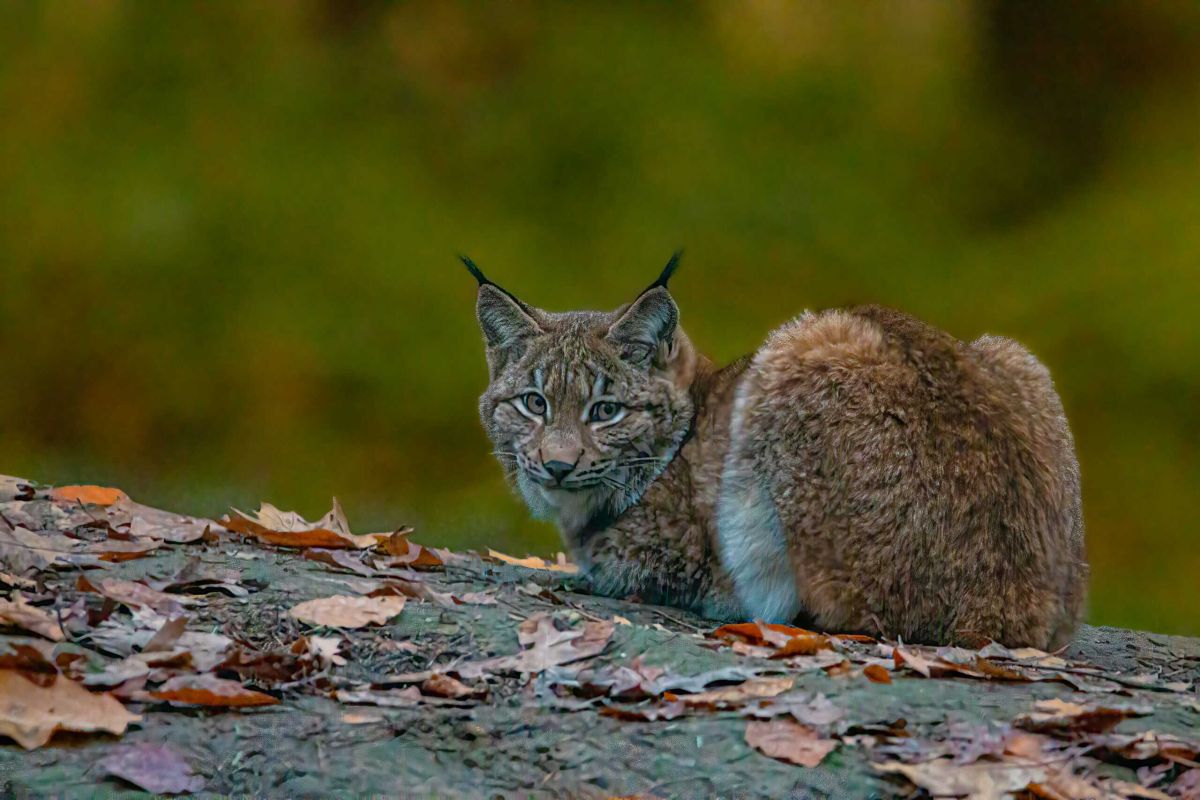The Most Endangered Cat Species: An Urgent Call for Conservation

Cats have long captivated the human imagination with their grace, hunting prowess, and enigmatic behavior. While many domestic cats roam our homes and streets, their wild relatives face an uncertain future. Among the world’s felines, several species stand on the brink of extinction, trapped by habitat loss, hunting, and climate change. This article explores the most endangered cat species and the crucial conservation efforts needed to save them.
1. Iberian Lynx (Lynx pardinus)
Once widespread across the Iberian Peninsula, the Iberian lynx has been pushed to the edge of survival today. With an estimated population of just over 250 individuals in the wild, this species is often cited as the most endangered cat in the world. Habitat destruction, road mortality, and a significant decline in its primary prey—the European rabbit—pose significant threats. Conservation efforts, including protected areas and habitat restoration, have led to a slight increase in numbers, but continued efforts are critical for its survival.
2. Amur Leopard (Panthera pardus orientalis)
The Amur leopard is a solitary feline native to the temperate forests of the Russian Far East and northeastern China. With fewer than 100 individuals remaining in the wild, it is one of the rarest big cats on the planet. Habitat loss due to logging and agricultural expansion, poaching, and the depletion of its prey have driven this species to the brink. Conservationists are working tirelessly to protect its habitat through anti-poaching initiatives and wildlife corridors that allow for safe movement.
3. South China Tiger (Panthera tigris amoyensis)
This beautiful subspecies of tiger is functionally extinct in the wild, with no confirmed sightings for years. Once roaming the forests of southern China, the South China tiger’s population has plummeted due to habitat destruction and poaching. While some exist in captivity, there are urgent calls for reintroduction programs in protected areas. Conservationists are focused on raising awareness and implementing stricter laws to protect the remaining individuals and their habitat.
4. Jaguar (Panthera onca)
While the jaguar is not as endangered as some other species, it faces severe threats that could lead to population declines. Habitat loss due to agriculture, logging, and urbanization, coupled with poaching and human-wildlife conflict, poses significant challenges to its survival. The jaguar holds the crucial role of an apex predator in its ecosystem, and its loss could have cascading effects on biodiversity. Initiatives like the Jaguar Corridor, which connects habitats across Central and South America, aim to help maintain genetic diversity and population stability.
5. Margay (Leopardus wiedii)
The margay may be small, but its endangerment is significant, especially in parts of Central America. The sleek, tree-dwelling cat is increasingly threatened by habitat destruction stemming from logging and agricultural expansion. Though elusive and capable of living in a variety of habitats, the margay’s reliance on forests puts it at risk. Conservation efforts focus on habitat protection and community engagement to promote coexistence between people and wildlife.
6. Pangolin Cat (Catopuma temminckii)
The pangolin cat, also known as Temminck’s cat, is a listed species under the IUCN Red List due to habitat loss and poaching threats. Native to Southeast Asia, this elusive creature inhabits tropical forests and grasslands. Conservationists are working on habitat preservation and anti-poaching measures while raising awareness about the unique challenges faced by this lesser-known feline.
The Path Forward: Conservation Strategies
The plight of the world’s endangered cat species demands immediate attention. While in-situ conservation efforts, such as setting up protected areas, are critical, ex-situ conservation—such as breeding programs in zoos—also plays a role in increasing genetic diversity and potentially reintroducing species into the wild.
Moreover, raising public awareness about the importance of these magnificent animals and their ecosystems is essential. Engaging local communities in conservation efforts can foster coexistence and minimize human-wildlife conflict. Additionally, stricter enforcement of wildlife protection laws and international cooperation is crucial in combating poaching and illegal wildlife trade.
As we move forward, the survival of the world’s endangered cat species hinges on global commitment and coordinated conservation efforts. The time to act is now; these majestic creatures are not just vital to biodiversity, but they also play a pivotal role in the ecosystems they inhabit. By protecting them, we preserve not only their existence but also the natural heritage of our planet.



